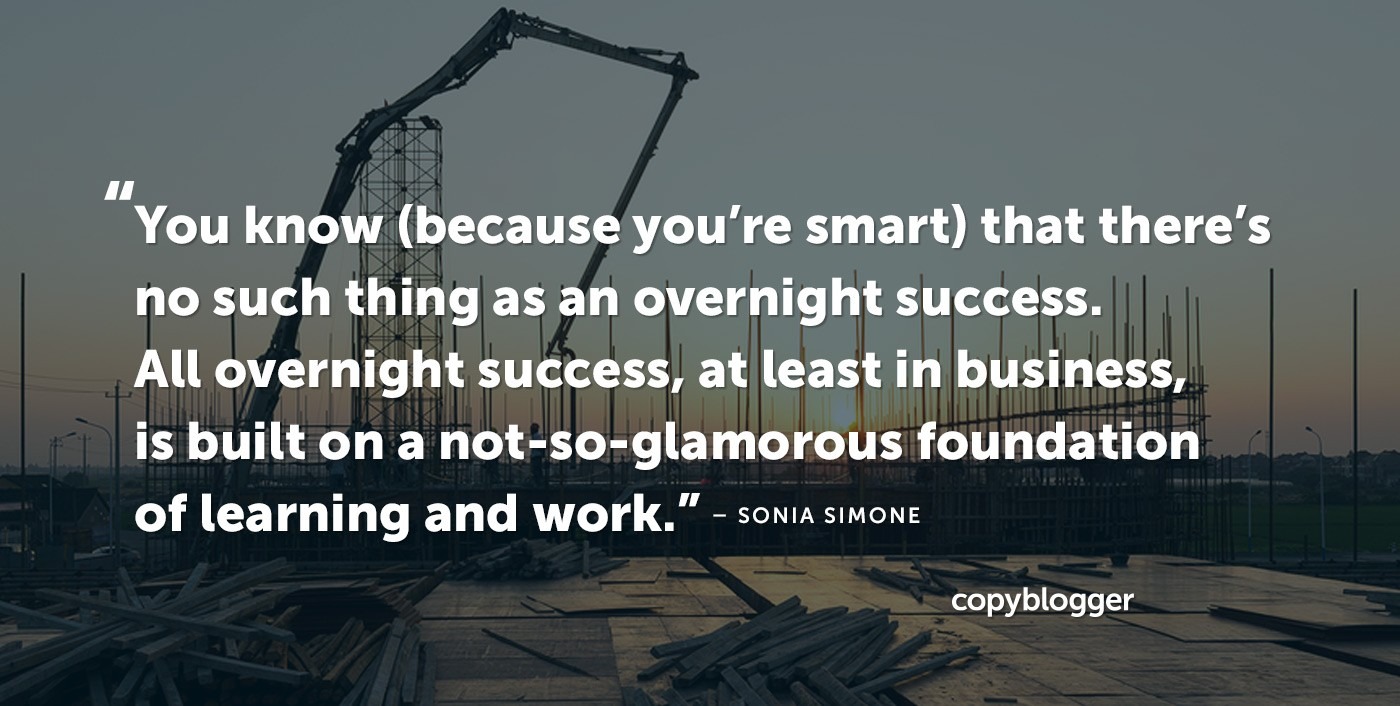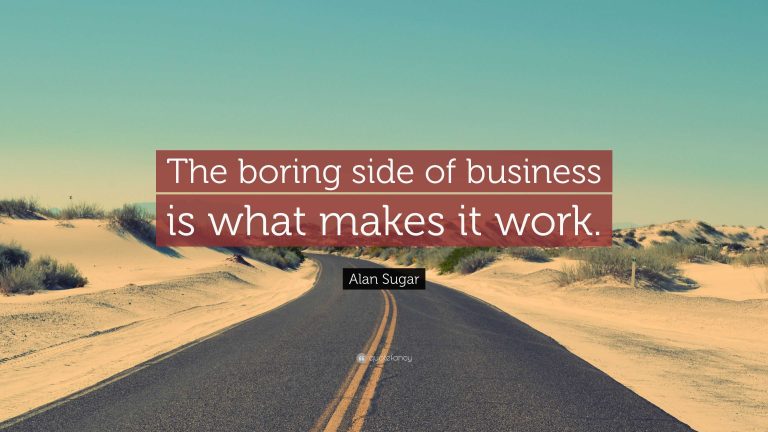How to Build a Business That’s Built to Notice
A business that’s built to notice is one that sees beyond the obvious. It pays attention to the subtle shifts in customer behavior, the quiet signals in team dynamics, and the emerging patterns in the marketplace. It doesn’t just react—it anticipates. In a world that moves fast and rewards speed, noticing might seem like a luxury. But in reality, it’s a strategic advantage. Businesses that notice are more attuned, more responsive, and more human. They don’t just operate—they observe, interpret, and adapt with intention.
Noticing begins with presence. It’s the ability to slow down enough to see what’s actually happening, rather than what we assume is happening. In business, assumptions can be costly. Leaders might assume a product is failing because of pricing, when in fact it’s a matter of messaging. Teams might assume morale is high because no one’s complaining, when in reality people are disengaged. A business that notices doesn’t rely solely on metrics—it listens, watches, and feels. It creates space for reflection and dialogue, allowing insights to surface that might otherwise be missed. Presence isn’t passive—it’s active awareness.
Customer experience is one of the richest areas where noticing pays off. Companies that truly notice their customers don’t just collect data—they interpret it with empathy. They observe how people interact with their products, what frustrates them, what delights them, and what they don’t say out loud. This kind of attention leads to meaningful innovation. Consider how Netflix noticed that viewers were binge-watching series and adjusted its release strategy accordingly. That wasn’t just a data point—it was a behavioral insight. By noticing how people actually use their service, they reshaped the entertainment landscape.
Internally, noticing strengthens culture. When leaders notice the emotional tone of their teams, they can intervene before burnout sets in or conflict escalates. When colleagues notice each other’s contributions, it fosters appreciation and trust. These small acts of attention build psychological safety, which is the foundation of high-performing teams. A business that notices its people doesn’t wait for exit interviews to learn what’s wrong—it tunes in daily. It recognizes that culture is not a static artifact but a living system that requires care and curiosity.
Noticing also enhances strategy. Markets don’t shift overnight—they evolve through signals. A business that’s built to notice picks up on these signals early. It sees the rise of new competitors, the changing preferences of consumers, and the subtle shifts in regulation or technology. This foresight allows for proactive adaptation rather than reactive scrambling. Think of how Shopify noticed the growing demand for e-commerce tools among small businesses and expanded its offerings accordingly. That kind of strategic noticing isn’t about luck—it’s about paying attention to what others overlook.
Design thinking thrives on noticing. The best designers don’t start with solutions—they start with observation. They immerse themselves in the user’s world, noticing pain points, habits, and desires. Businesses that adopt this mindset create products and services that feel intuitive and empathetic. They don’t just solve problems—they solve the right problems. This requires humility and openness. It means letting go of assumptions and being willing to see things as they are, not as we wish them to be. Noticing is the first step toward relevance.
Technology can support noticing, but it can’t replace it. Algorithms can surface patterns, but they can’t interpret context. Dashboards can show trends, but they can’t explain why they matter. Businesses must pair data with discernment. They must cultivate the human capacity to notice—through listening, observing, and reflecting. This means training teams to ask better questions, to engage with curiosity, and to value nuance. It’s not about being perfect—it’s about being present.
Leadership, in particular, must model the art of noticing. Leaders who notice their teams, their customers, and themselves create environments of trust and growth. They don’t just manage—they mentor. They don’t just direct—they discover. This kind of leadership is grounded in empathy and awareness. It’s not about having all the answers—it’s about seeing clearly. When leaders notice, they create space for others to be seen. And in that space, creativity and connection flourish.
A business that’s built to notice is also more ethical. It sees the impact of its actions on communities, ecosystems, and future generations. It doesn’t turn a blind eye to externalities or unintended consequences. It asks, “What are we missing?” and “Who are we affecting?” This kind of noticing leads to more responsible decisions and more sustainable practices. It’s not just about doing well—it’s about doing good.
Ultimately, building a business that’s built to notice is about cultivating a mindset. It’s about valuing awareness over assumption, curiosity over certainty, and empathy over efficiency. It’s not a one-time initiative—it’s a way of being. And while it may not always show up on a balance sheet, its impact is profound. Businesses that notice are more resilient, more innovative, and more connected. They don’t just chase success—they understand it. And in a world that often rewards speed and scale, the ability to notice may be the most powerful skill of all.







